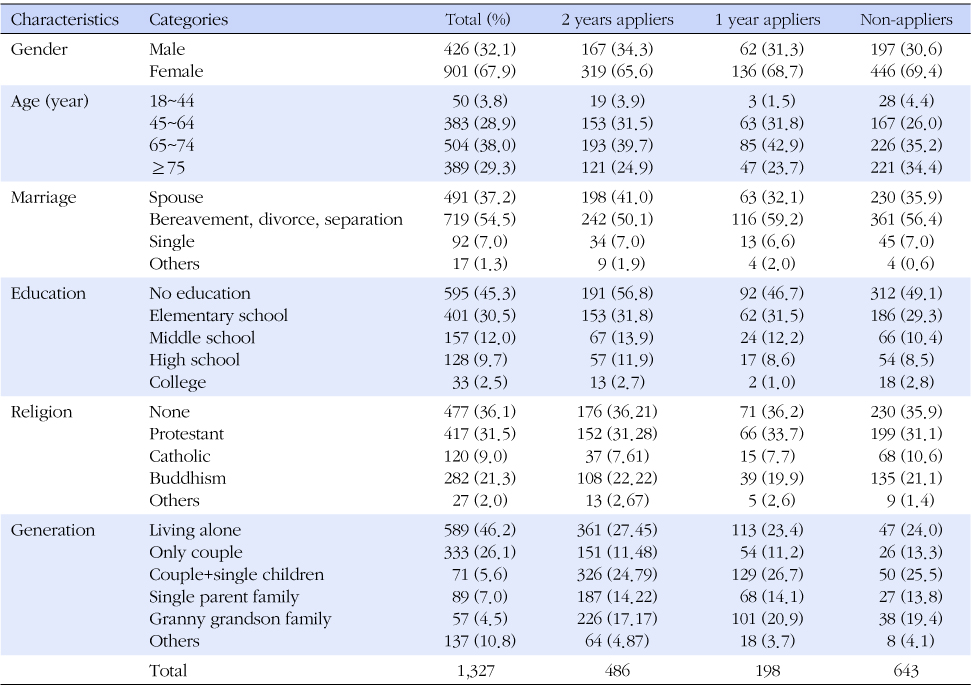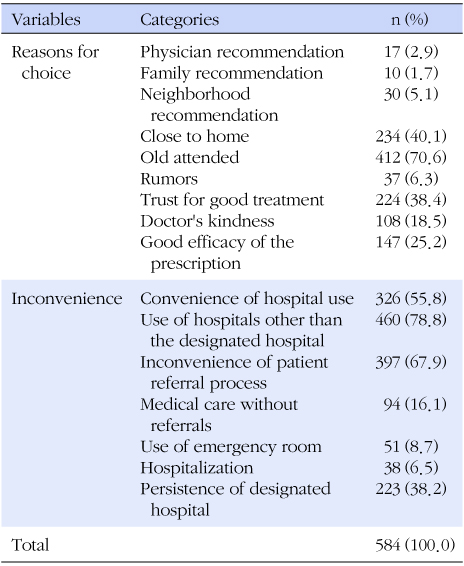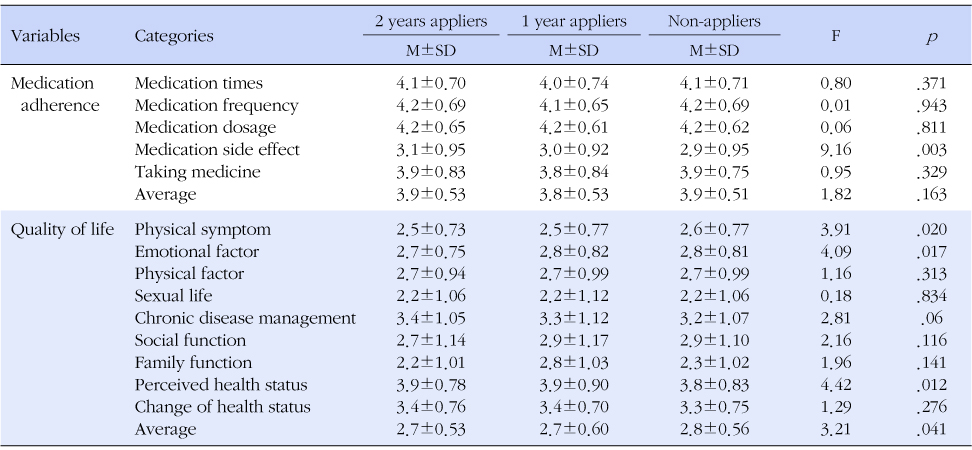References
1. Case Management Society of America. Jun KJ, So AY, Kim HG, Kim CW, Kim YM, et al. Case management adherence guidelines 2.0 2007. Seoul: Hyunmoonsa; (original work published 2007).
2. Helms LJ, Newhouse JP, Phelps CE. Copayments and demand for medical care: The California Medicaid experience. Bell J Econ 1978. 9(1)192–209.
3. Huh BY, Kim CH, Park TJ, Lee KY, Cho B, Kim HJ. Development and evaluation of home doctor registration program. J Korean Acad Fam Med 1998. 19(10)801–810.
4. Kang EJ, Choi EJ. 2005 The third Korea national health and nutrition examinations survey: Health behaviors of adults 2006. Seoul: Korean Institute for Health and Social Affairs;
5. Kephart G, Skedgel C, Sketris I, Grootendorst P, Hoar J. Effect of copayments on drug use in the presence of annual payment limits. Am J Manag Care 2007. 13(6)328–334.
6. Kim ES, Kim MY, Ko IS, Lee DM, Kim KS, Choi JS, et al. The current situation of medical Aid utilization and improvement direction in long-term utilizers 2007. Seoul: Ministry for Health, Welfare and Family Affairs;
7. Kim JY, Ko SK, Yang BM. The effects of patient cost sharing on ambulatory utilization in South Korea. Health Policy 2005. 72(3)293–300.
8. Lee DM. The need and model program for private doctor. J Korean Acad Fam Med 1996. 17(3)194–197.
9. Lee YJ. A study of the factors and the regional difference of medical aid program recipient's medical utilization. Soc Welf Policy 2007. 28233–251.
10. Lim SJ. The effects of case management for medicaid on healthcare utilization by the medicaid system. J Korean Acad Community Health Nurs 2010. 21(4)375–385.
11. Ministry for Health, Welfare, & Family Affairs. 2008 Guideline of medicaid management 2008. Seoul: Author;
12. Ministry of Health & Welfare. 2007 Guideline of medicaid management 2007. Seoul: Author;
13. Ministry of Health & Welfare. 2011 Guideline of medicaid management 2011. Seoul: Author;
14. Morsky DE, Levine DM, Greene LW, Shapiro S, Russell RP, Smith CR. Five-year blood pressure control and mortality following health education for hypertensive patients. Am J Public Health 1983. 73153–162.
15. Shin HU, Shin YS, Hwang DK, Yoo YS, Choi GC, Lim SJ. Monitoring the designated doctor system 2008-b. Seoul: Korea Institute for Health and Social;
16. Shin SM, Kim ES, Lee HW. The contributing factors to surplus medicine by long-term users of medical aid in Korea. J Prev Med Public Health 2009. 42(6)403–407.
17. Shin YA, Shin HC, Shin HW, Park EJ, Hong SW, Shin SM, et al. Health services use and health status of medicaid beneficiaries according to medicaid policy change 2008-a. Seoul: Ministry of Health, Welfare and Family Affairs, Korea Human Resource Development Institute for Health and Welfare, & Institute of Case Management for Medicaid;
18. Shin YE, Shin HC, Shin HW, Park EJ, Hong SW, Shin SM, et al. Study on the health status and hospital service utilization of Korea medicaid clients 2007. Seoul: Korea Human Resource Development Institute for Health and Welfare;
19. Shin YJ, Yu YS, Choi YE, Shin SJ, Kim SJ, Uoo KS. Monitoring for medicaid financial efficiency and Improvement Direction 2006. Seoul: Ministry of Health & Welfare;
20. Shin YS, Choi BH, Shin HU, Hwang DK, Eun SJ. The research regarding the healthcare expenditure and medical treatment material service use actual condition and a improvement program 2005. Seoul: Ministry of Health & Welfare. Korean Institute for Health and Social Affairs;
21. Trivedi AN, Rakowski W, Ayanian JZ. Effect of cost sharing on screening mammography in medicare health plans. N Engl J Med 2008. 358375–383.
22. Tamblyn R, Laprise R, Hanley JA, Abrahamowicz M, Scott S, Mayo N, et al. Adverse events associated with prescription drug cost-sharing among poor and elderly persons. JAMA 2001. 285(4)421–429.




